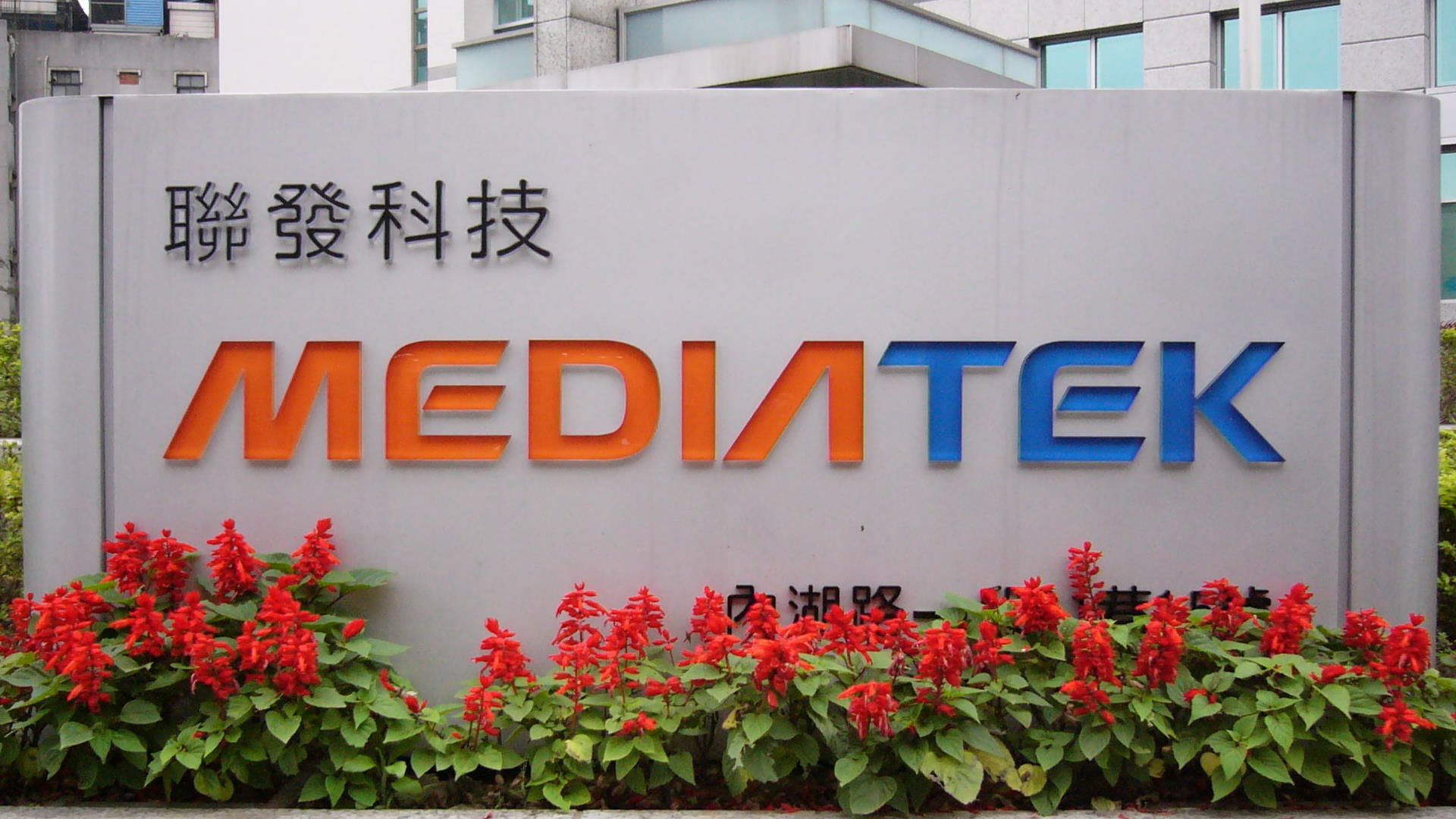(ATF) TAIPEI: MediaTek, a $553-million Taiwanese company known for making low-cost smartphone chips, is expected to dodge impacts from US curbs on Chinese tech giant Huawei by playing up its diverse client roster and a growing focus on Asian markets where cheap phones are the norm.
The listed company sells to Chinese phone brands other than Huawei, and this year it’s coming out with processors for both middle-end 4G and 5G phones.
MediaTek is bullish on China as 5G takes off, company corporate sales general manager Finbarr Moynihan told Asia Times Financial in September. At the same time, he said, the company is betting on 4G expansion in India.
“I think MediaTek is closer to the beneficiaries” of the Huawei storm, said Brady Wang, analyst with Counterpoint Research in Taipei. “MediaTek can offer many options for middle and low-end smartphone applications processors. On the other hand, although the share of 4G will be squeezed by 5G, its demand remains healthy.”
The US Department of Commerce last year put Huawei on its Entity List of companies barred from doing business with any organization in the United States.
In May this year, the department’s Bureau of Industry and Security stopped Huawei from acquiring semiconductors based on American software and technology. Washington believes Huawei has acted illegally and on behalf of the Chinese government.
A bureau order effective September 15 added 38 Huawei affiliates to the Entity List and restricts transactions where US software or technology is used in a foreign-produced item sold to Huawei.
If MediaTek wants to sell in the United States or source technology there, it must follow these rules, said Kent Chong, managing director of PwC Legal in Taipei.
The developer applied in August for permission from the Commerce Department to resume selling chips to Huawei, as Intel and AMD both got approval already, CY Yao, an analyst with the market research firm TrendForce in Taipei, noted. MediaTek was supplying 5G modems to Huawei and possibly sold chips for Huawei phones as well as the Chinese firm’s internet-of-things technology, Yao said.
The MediaTek sales GM declined to comment on business with Huawei but said his firm would follow related rules from Washington.
For MediaTek, China is hardly just about Huawei. The firm expects 5G to take off in the mammoth smartphone market, and the state-run China Daily online says penetration had reached 47% as of March. China will make up as much as 60% of the global phone market this year, Moynihan anticipates.
MediaTek’s Dimensity-brand chips are selling now to Chinese smartphone developers Oppo, Vivo and Xiaomi, the sales general manager said. “I think China is driving a lot of volume in the world this year,” he said.
Chinese smartphone brands are now “intent on capturing Huawei’s market shares in China”, Yao said. “Even without shipment permission from the [US] Commerce Department, as long as MediaTek continues to receive orders for entry-level and mid-range 5G smartphone chips from [developers] such as Oppo, MediaTek will be able to minimise the loss of Huawei as a customer,” he said.
Huawei had the world’s second highest smartphone market share in the second quarter this year at 18.4%, up more than two percentage points from a year ago, according to market research firm Gartner.
Top Chinese handset brands sell briskly in India, too, and Taiwanese chipmaker is already entrenched there.
The company’s relatively cheap Helio-series chips plus sales to Chinese brands have elevated MediaTek in the world’s second largest phone market, said Shobhit Srivastava, a Counterpoint analyst in Gurgaon. India has about 375 million smartphone users, lagging only China for the world’s top spot, market research firm Newzoo says.
India: 4G
MediaTek’s sales GM calls India a 4G story.
“If you look at the brands that do well in India today, I would say MediaTek is probably benefitting a lot this year from 4G expansion,” Moynihan said, noting the recent expansion of an India-based R&D site and the employment of hundreds of people country-wide. “4G is still the main network technology that’s required in India.”
The Dimensity 700 and 800 chipsets are lowering costs for manufacturers that plan to make 5G phones for sale at less than $200 per handset, Srivastava said.
But California-based Qualcomm will vie directly with MediaTek as a “one-stop-shop” for manufacturers looking to bring 5G devices faster to the market, he said. Its Snapdragon 600 and Snapdragon 700 processors, both available now, threaten Mediatek’s growth, he said.
MediaTek as a non-mainland Chinese, non-American company may escape Sino-US trade dispute fallout such as import tariffs, Yao said. It should fare better than HiSilicon, for example, Wang said. The fabless semiconductor firm is based in Shenzhen. Chinese firms hope to avoid American suppliers in light of the more than 2-year-old Sino-US trade dispute, Wang said.
The 23-year-old MediaTek reported an 11.1% year-on-year revenue gain in the second quarter this year with NT$67.6 billion ($2.35 billion). Revenue was expected to grow 20% to 30% in the third quarter, year on year as well as sequentially, Moynihan said. Second-quarter net income reached NT$7.3 billion.
“MediaTek’s advantages are the large chipset turnkey solution partners ecosystem in China, and their neutral position as they are not Chinese nor a US company,” Taipei-based Gartner research vice president Tracy Tsai said.
“Its strength is their agility and localized solutions” in China, she said. “However, these advantages apply only to non-US intellectual property products.”
























